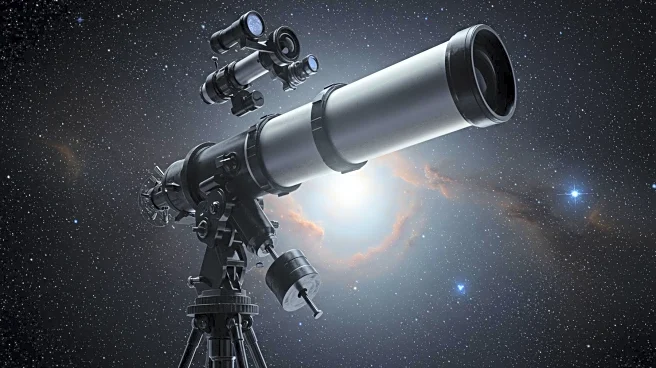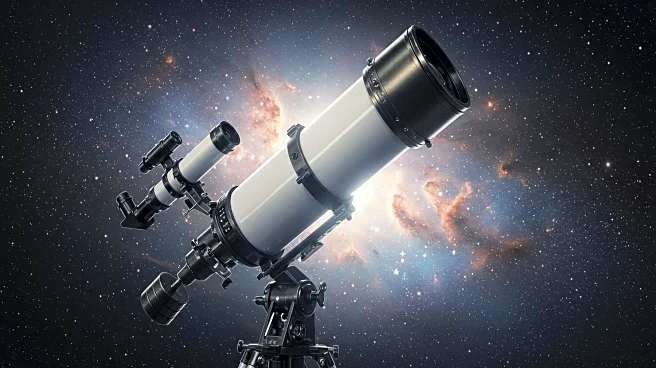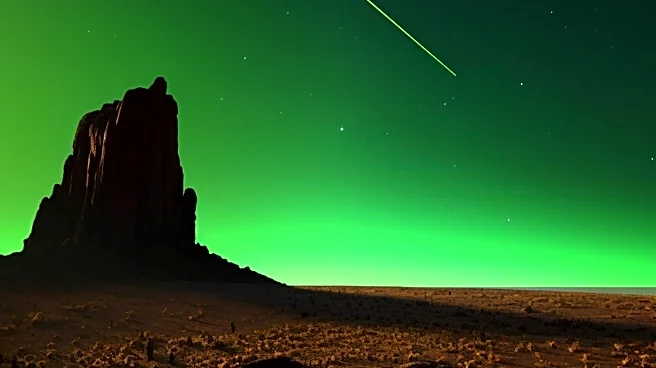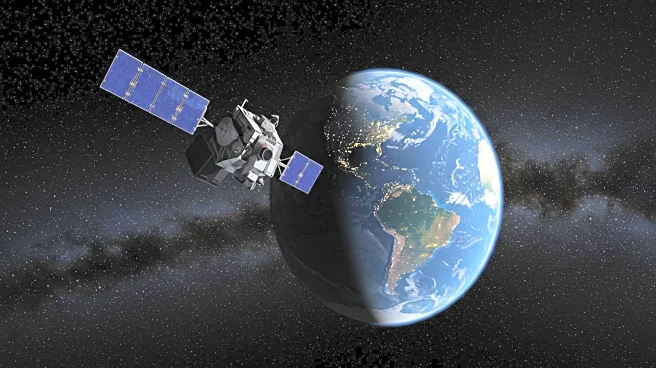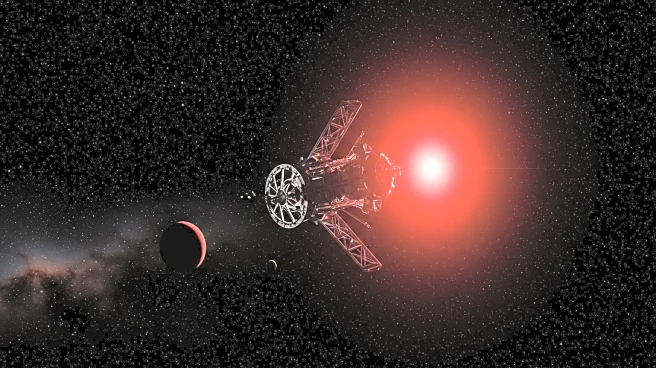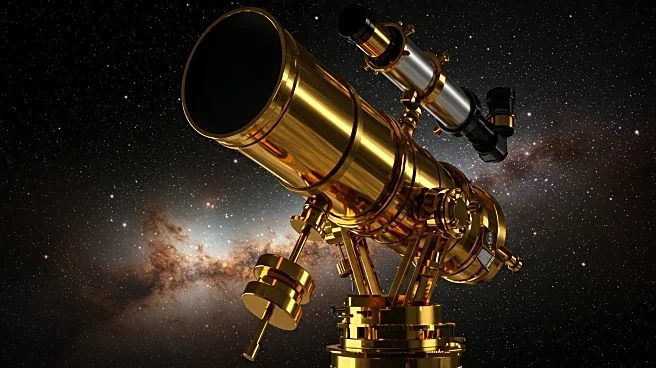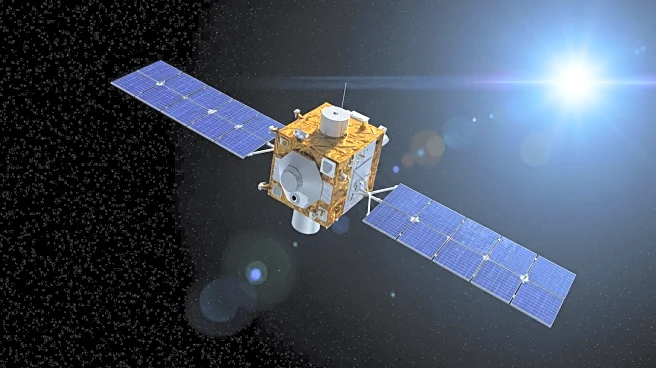What's Happening?
NASA's James Webb Space Telescope has identified strong evidence of a gas giant planet orbiting Alpha Centauri A, the closest Sun-like star to Earth, located just 4 light-years away. This discovery, made using the telescope's Mid-Infrared Instrument (MIRI), marks a significant milestone in the search for exoplanets. The potential planet, if confirmed, would be the closest to Earth orbiting in the habitable zone of a Sun-like star. However, as a gas giant, it is unlikely to support life as we know it. The observations were challenging due to the brightness and proximity of the stars in the Alpha Centauri system, requiring custom observing sequences. The findings have been published in The Astrophysical Journal Letters.
Why It's Important?
The discovery of a potential gas giant near Alpha Centauri A is significant for exoplanet science, offering a unique opportunity to study planetary systems close to our own. This could enhance our understanding of planet formation and evolution in binary star systems. The proximity of the system allows for detailed data collection, which could inform future missions and technologies aimed at exploring exoplanets. The findings could also challenge existing theories about planet formation in chaotic environments, potentially leading to new insights into the dynamics of planetary systems.
What's Next?
Further observations are needed to confirm the existence of the planet. If confirmed, it could become a key object for exoplanet imaging efforts, with opportunities for detailed characterization by Webb and other observatories. NASA's upcoming Nancy Grace Roman Space Telescope, set to launch by 2027, will complement Webb's observations with visible light data, providing additional insights into the planet's size and reflectivity. This could transform the future of exoplanet science, offering new avenues for research and exploration.
